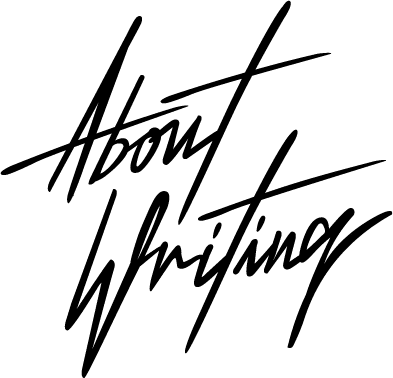
Understanding the motifs in your writing will help your creative process and how you talk about and sell your work. In this post, I’ll define a motif, show how it differs from a theme, and then suggest how you might use a motif in a story.
A motif is a dominant or recurring idea with symbolic significance in an artistic work. Not every recurring idea within a story is a motif, though. Instead, it has to connect to one of the story’s central ideas or themes to qualify.
A theme is the core, abstract idea in an artistic work. The word ‘abstract’ here is crucial because it’s the role of the motif to reinforce the intangible theme with concrete examples that reappear throughout the narrative.
Although symbolic, a motif is not the same as a symbol. A symbol represents something else, usually something concrete that represents something abstract. But it must relate to the story’s overall theme to be a motif.
Examples in literature.
One of the themes of Moby Dick is the limits of human knowledge. It is always insufficient, often limited to what we see, which isn’t much. A motif of the story that supports this theme is ‘depth.’ The whale swims underneath the surface, concealing most of its body. The mysterious and unexplored depths of the sea are off-limits to Ishmael and humankind.
George Orwell’s 1984 has two central motifs. The first is Doublethink, which allows people to simultaneously hold two contradictory ideas in one’s mind. The government creates Doublethink to convince its people of things despite the blatant, contrary facts. People accept the names of the government’s ministries despite them appearing to be wildly inappropriate. The Ministry of Peace creates wars, the Ministry of Truth makes propaganda and lies, and the Ministry of Love tortures people.
The second standout motif in 1984 is Urban Decay. The London of 1984 is a city in ruin. Buildings are crumbling, electricity and plumping are undependable, and nothing works the way it should. People are hungry and poor due to the government’s neglect and its poor management. A theme of 1984 is totalitarian power, and Orwell uses the motif of Urban Decay to illustrate his point that these regimes often fail to care for their citizens.
One motif in my current novel (still editing) is water. My character lives close to a river, and the constantly flowing water represents freedom, which is the theme of my novel. Water recurs throughout the story. My character is trapped and needs to break free emotionally (from a former relationship) and physically (from the city).
Another motif in my novel is dirt. The buildings and streets in the city are filthy. My character seems obsessed at times. This motif represents neglect, which is another theme in the story. My character feels left behind after her closest friend leaves her alone in the city.
How to use a motif in writing.
A writer must understand the themes and motifs of their story. They inform the writing. When my character walks to work, I want her observations on the landscape to reflect the novel’s theme. I enjoy using motifs quite subtly, building up throughout the story.
I like the motifs and themes of my work to creep up on my readers, almost subconsciously. Readers and characters begin the book as strangers. By the time they reach the end of the book, I want my readers to feel at one with my characters. In my experience, this is the power of motifs. They plant ideas without the reader necessarily noticing. It’s one of the most powerful tools available to a novelist, and it helps create a powerful story.
This advice is different from much writing advice; instead of aiming to improve the technique, with advice like be specific or be succinct, it asks the writer to step back and critique their novel as an entire piece, as a reader would. Don’t be too hard on yourself if you can’t identify the motifs in your writing immediately. It takes a difficult-to-reach state of objectivity, and it takes time.
